Finances
How much money to save for an emergency fund?
Don't get caught in an emergency situation with no savings to overcome it. Make your emergency fund with the help of these useful tips you'll find in this blog post.
Advertisement
Find everything about the emergency fund: better be safe than sorry
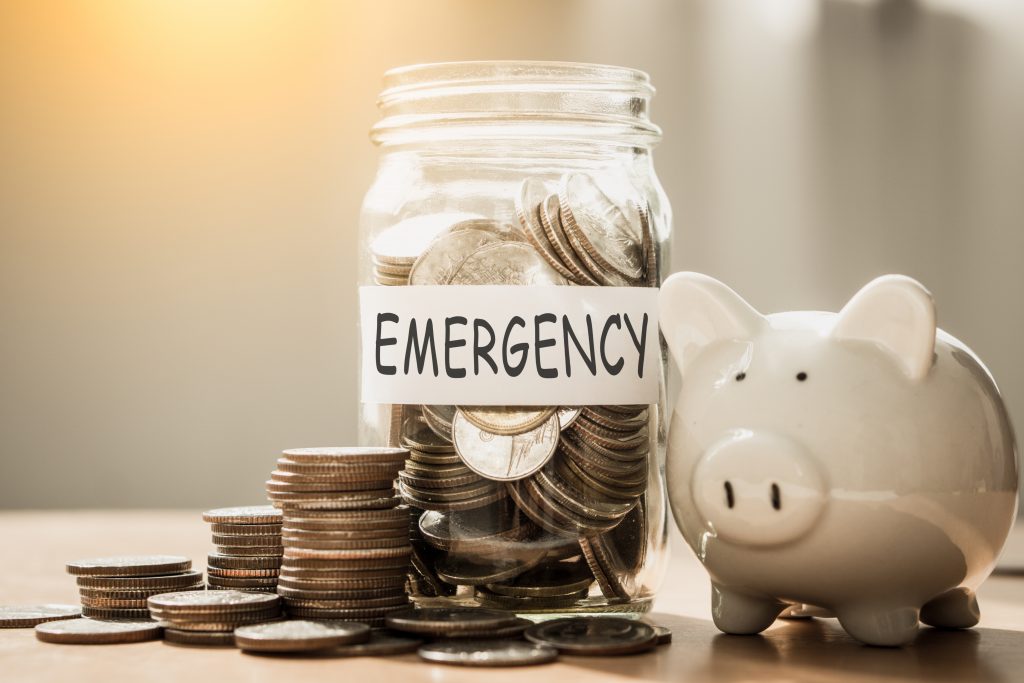
Many people wonder how much they should save for an emergency fund. Know that most important is that you have one, no matter how much you’re willing to save on it.
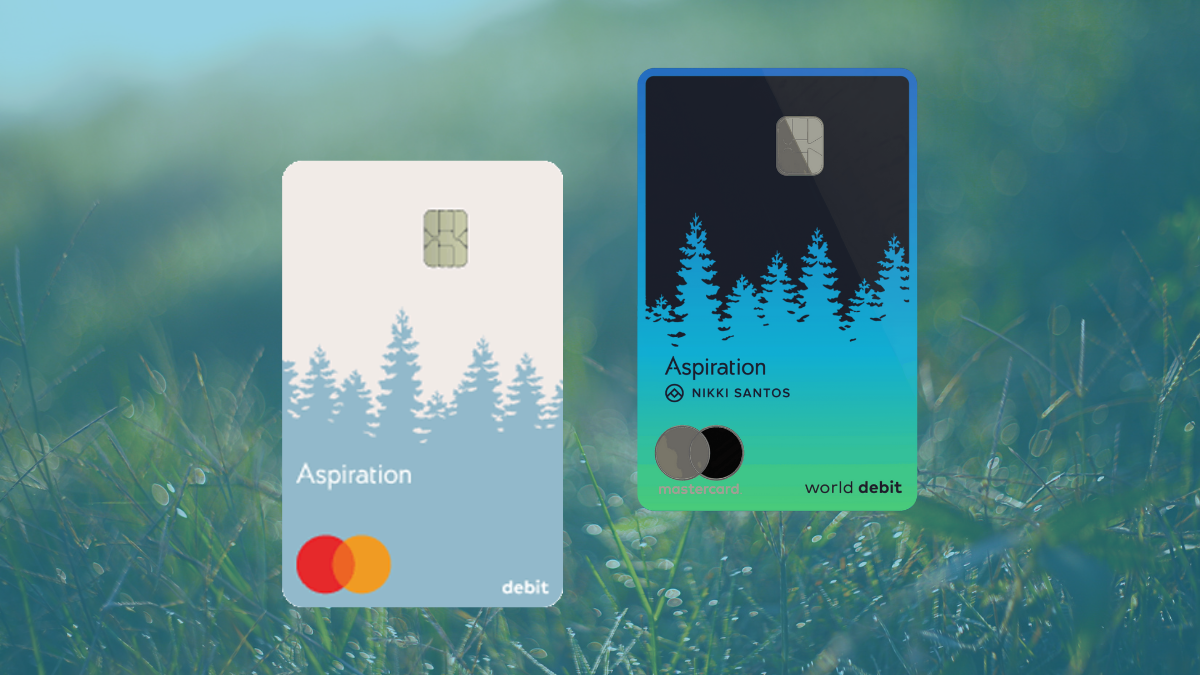
Aspiration Spend & Save™ debit card application
Learn how to open your Aspiration account. You can spend your money with the best debit card and save money while you plant trees.
Having an emergency fund can save you from getting into a financial trap. That’s because once you fall into debt, it can snowball and get bigger and bigger. Cut it on the source, and have an emergency fund to avoid that.
What is an emergency fund?
As the name suggests, an emergency fund is any amount of money you save and keep in a proper savings account to cover any financial emergency. But the financial emergency is not the urge to buy the new video game that has been released and you want so badly. That’s a “want”, and not a “need”.
This emergency fund should not be touched except for real emergencies. Like if you got unemployed and have to pay your bills. Or if you got sick and need to pay for medical expenses or surgery. Or even if your car broke, and you need it really bad to take your kids to school.
For these expenses, you should have an emergency fund. You can have it in a separate savings account. Keep a savings account that you can use when you want to, and another for when you need it.
You will be redirected to another website
By submitting this form, I agree that I am 18+ years old and I agree to the Privacy Policy and Terms and Conditions. I also provide my signature giving express consent to receive marketing communications via automated emails, SMS or MMS text messages and other forms of communication regarding financial products such as credit card and loans. Message frequency varies and represents our good faith effort to reach you regarding your inquiry. Message and data rates may apply. Text HELP for help or text STOP to cancel. I understand that my consent to receive communications is not a condition of purchase and I may revoke my consent at any time.
How much money should be in an emergency fund?
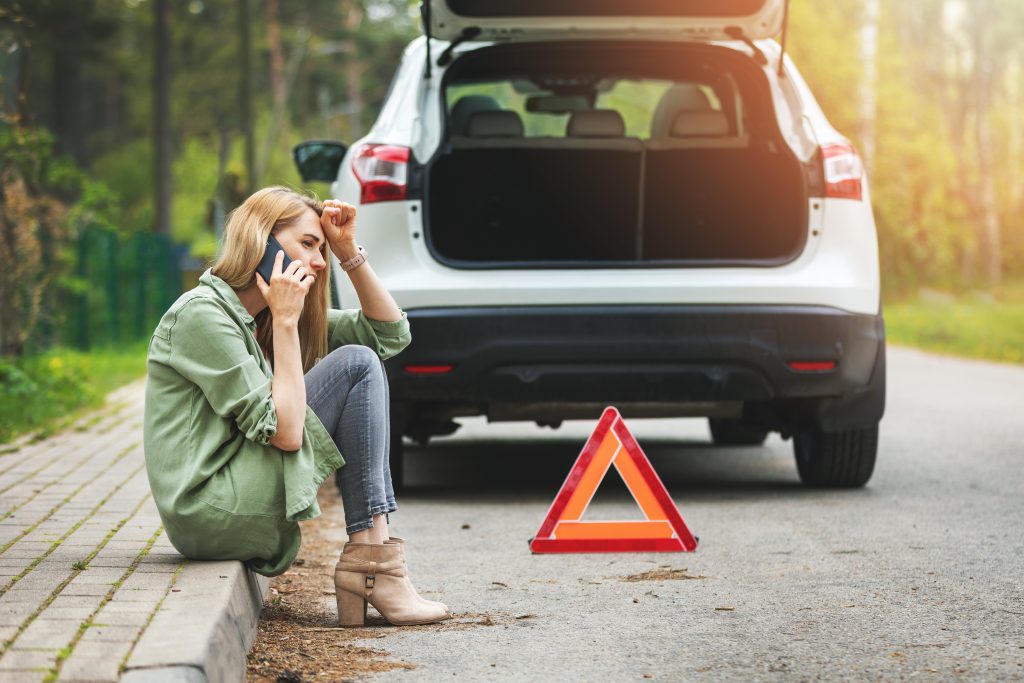
When it comes to the amount you should save for an emergency, it varies. You can start with literally any amount. After all, it is better to have $500 or $1,000 saved than to have $0. And I’m not going to even mention having minus-something – avoid debt!
But some economists say you should have enough to cover six months of your basic expenses. To find this number you should take every expense with housing, food, transportation, and health you have per month and multiply it by six.
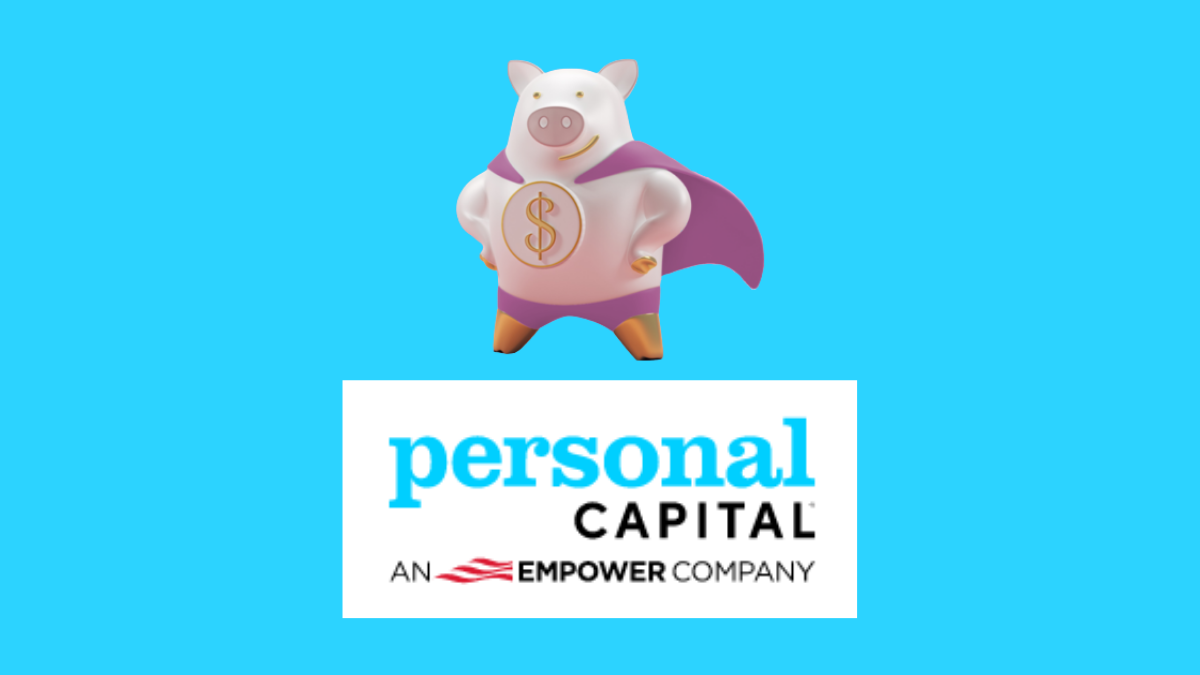
Personal Capital Cash Account review
It's time to say goodbye to the old and outdated savings account. Say hello to the best way to save money with a Personal Capital Cash account.
If you got a monstrous amount, that should be right. But this is a very conservative and cautious number. It considers the worst-case scenario, where you lost your job and takes several months to find another one.
But an emergency fund will be built with time. Don’t matter how much you intend to save for your emergency fund, keep a steady work on it, and you’ll soon have enough to feel safer.
How do I get an emergency fund? 4 simples tips
Now that you know how much you should (or want) to save for your emergency fund, it’s time to make a plan to reach your goal. Keep an eye on these tips and take action towards a better and stable financial life. You will thank yourself later for reading this post and getting these tips.
Put your emergency fund in your budget
First things first: budget! This is basic economics, and without planning your budget you’ll get a hard time understanding your finances. So, when your budget, remember to put some amount for your emergency fund. It has to be a part of other types of savings.
An emergency fund has a goal by itself and you should not mix it with other savings. To set your monthly contribution, you can get the total amount you want to save and divide it into small parts, considering your deadline or the amount you’re able to save per month.
Don’t give up just because you think you’re going too slow
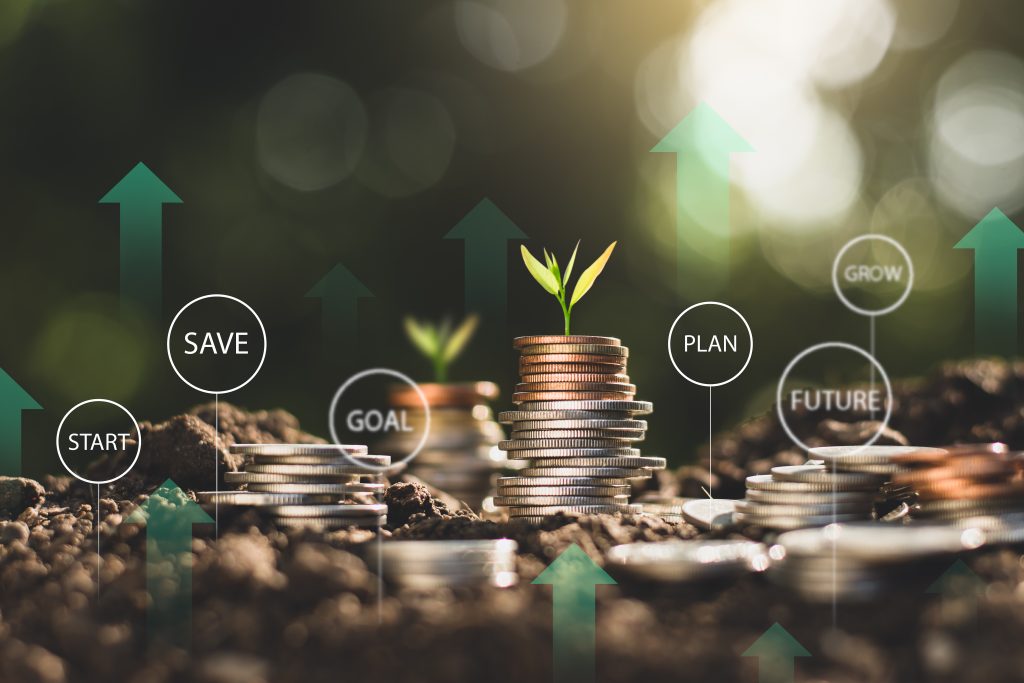
With little steps, you can cross far distances if you don’t give up. Giving up is the only thing that will take you nowhere. So, even if you can save just $20 per month, keep going.
This will help you develop the habit, which is the most important part. Build your inner discipline to make important decisions. Just jeep savings and your future self will thank you so much!
Your emergency fund needs liquidity
Maybe you had the (apparently great) idea of keeping your emergency fund into some kind of investment. After all, if you want it to grow, it looks clever to invest in it.
But in order for this plan to go right, you should not invest your emergency fund into investments that make you lose liquidity upon your savings. That’s the case with some certificates of deposit, annuities, and others.
You have to be able to use your emergency fund whenever you want to, without losing any part of it or facing some sort of bureaucracy.
Think about the fire emergency button on your building: you don’t want it to be stuck inside a room, with locks on it, that you have to ask for the keys for someone who isn’t even at the building, right?
Set automatic transfers for your savings account
Don’t give room for your forgetfulness. You probably have a lot of things to think about, and your emergency fund will be one more and you can forget about it.
Once you decide on your budget and how much you want to transfer to your emergency fund every month, set an automatic transfer.
It will keep you from looking at your funds and realizing you’ve spent 8 months without putting a single dollar on it.
Open a High-Yield Savings account
Let the financial system work for you and help you save more money. Your traditional savings account accrues too little interest, and you’ll take longer to reach your goal. Now you have many options for High-Yield Savings Accounts (HYSAs) that will give you up to 20 times more interest than your bank savings account.
And if you want other options for safe investments with low risk, you can take a look at the following post to find the best ones for you.

Safe investments with the best low-risk options
You don't need to take high risks to start investing, Pick one of these low-risk investments and you'll keep your money safe.
Trending Topics

MoneyLion Plus Personal Loans application guide
This MoneyLion Plus Personal Loans application guide is going to help you get approved today and start building your credit!
Keep Reading
Oportun Personal Loans application
Learn how the Oportun Personal Loans application process works and have access to funds fast to cover whatever you may need them for!
Keep Reading
Rocket Loans review – Get same day funding!
Check our Rocket Loans review to see if they’re the right lender for you. Learn about the company's products, interest rates, and terms.
Keep ReadingYou may also like
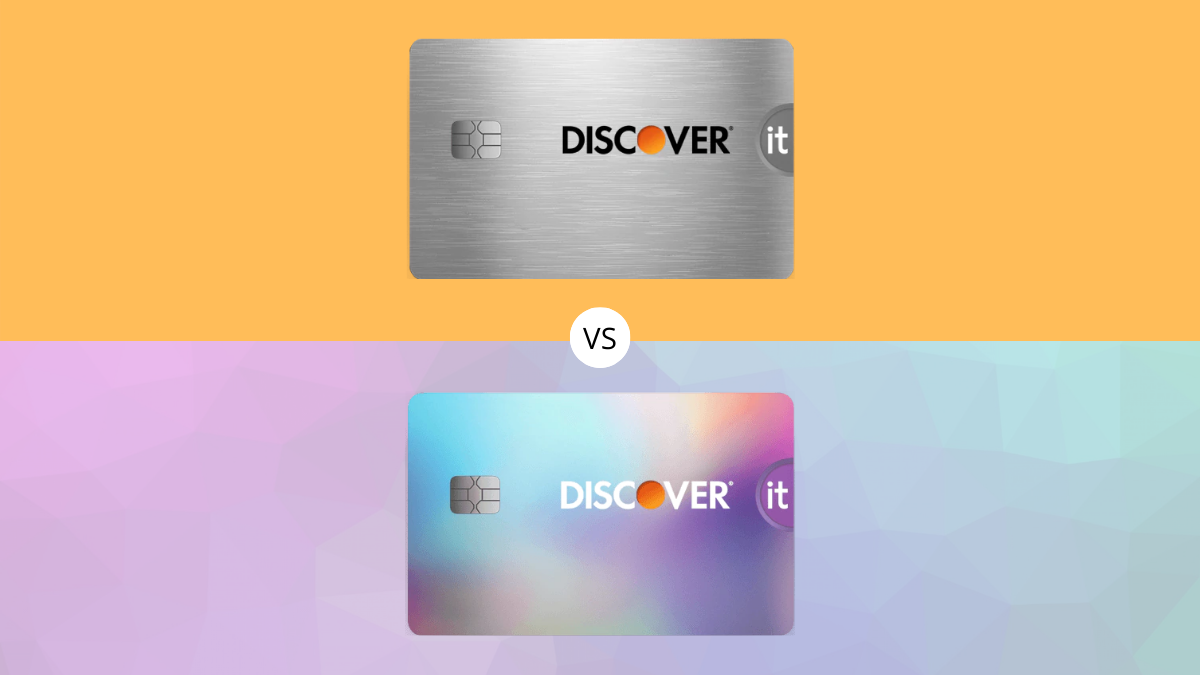
Discover it® Student chrome or Discover it® Student Cash Back
Check out this car comparison between Discover it® Student Chrome and Discover it® Student Cash Back and choose the best for your needs.
Keep Reading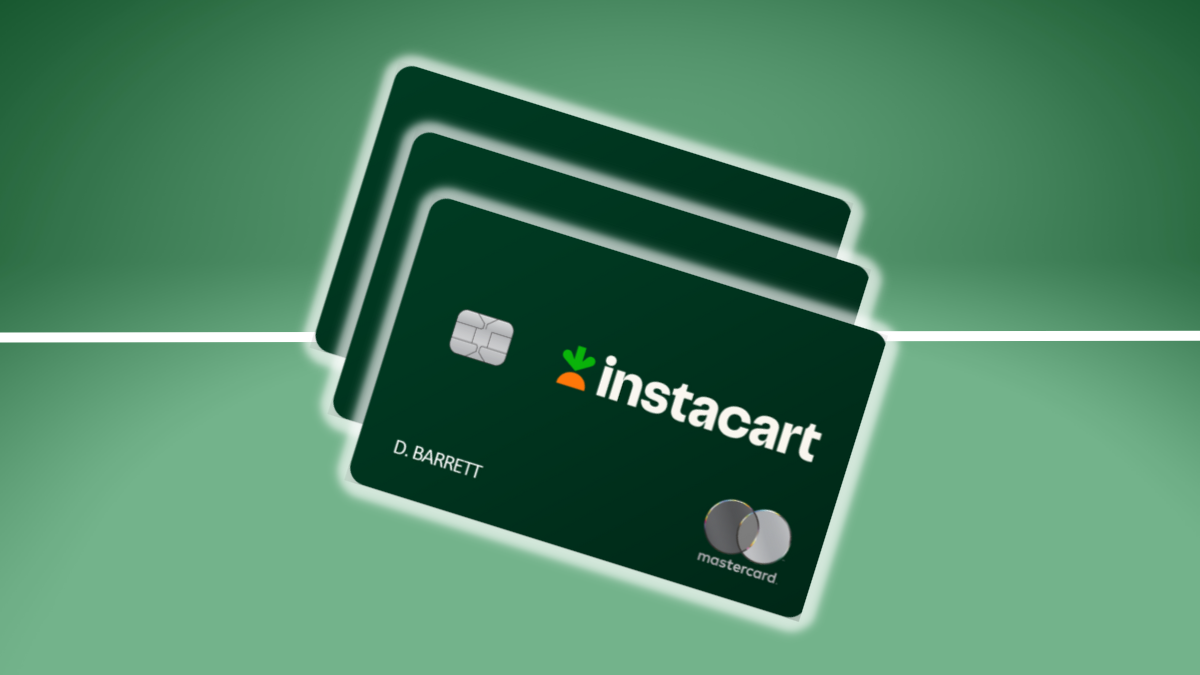
Instacart Mastercard® Credit Card review
The Instacart Mastercard® Credit Card is a great way to earn rewards on groceries, and more! Check our full review to learn all about it.
Keep Reading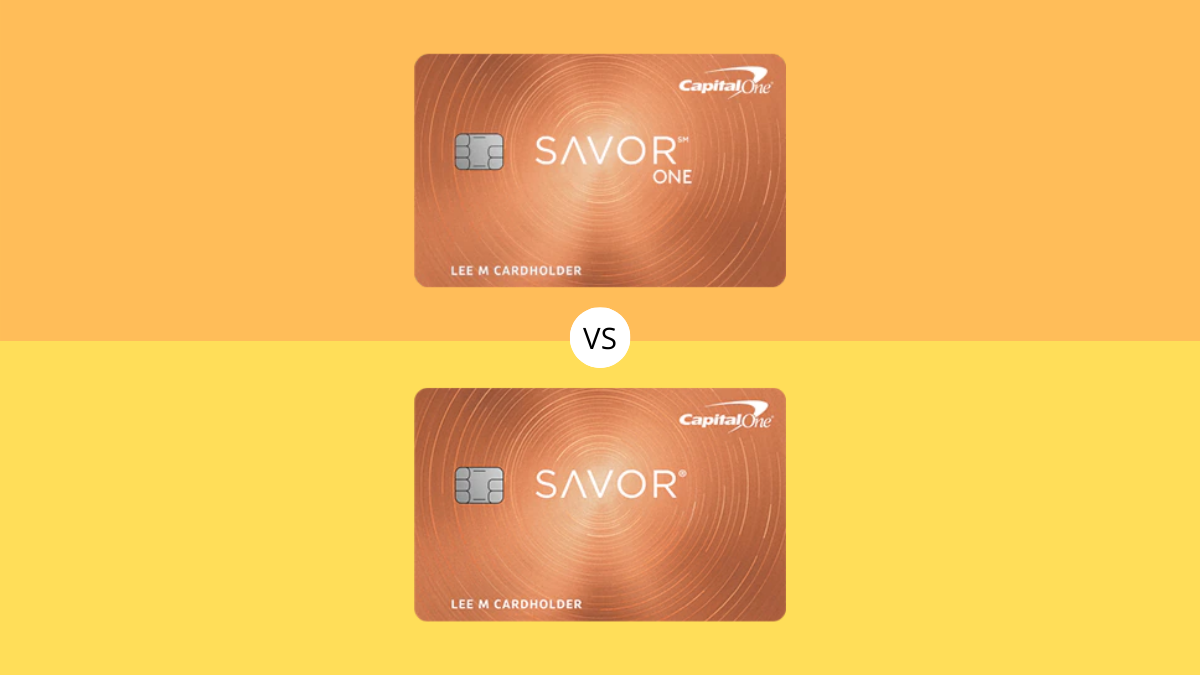
Savor Rewards or SavorOne Rewards for Good Credit
Check out our comparison between the Savor Rewards and the SavorOne Rewards for Good Credit to learn which is the best for your needs.
Keep Reading